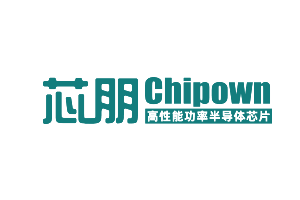
According to data from the International Institute of Obstetrics and Gynecology at the Industrial Research Institute, due to the incomplete recovery of global overall consumer demand, it is expected that the global PCB output value will reach 73.9 billion US dollars in 2023, a decline of 15.6%. From a regional perspective:
● In 2023, the PCB output value in mainland China declined by 9%, which is better than the global average. The reason is that its carrier board proportion is relatively low, and it is supported by the growth of automotive applications against the trend.
● However, South Korea, which has a high proportion of carrier boards, has a decline in PCB output value of over 20% due to the concentration of its industry on consumer electronic memory applications.
● The decline in PCB production value in Japan is between China and South Korea, due to a relatively balanced product composition and support from automotive applications.
● The decline in PCB production value in Taiwan is also between China and South Korea.
Looking ahead to 2024, due to the lower base in 2023, the overall electronics industry will experience higher growth momentum in 2024, and the PCB industry is expected to enter the next growth cycle due to inventory replenishment.
According to the International Institute of Obstetrics and Gynecology at the Institute of Industrial Research, it is estimated that the global output value of circuit boards will rebound to 78.2 billion US dollars in 2024, an increase of 6.3% compared to 2023, and return to the positive growth range. As the growth momentum of the overall consumer market gradually approaches global economic performance, the growth rate of global PCB output will also return to the long-term average level of 4% to 5%.
As for the terminal market that drives the growth of PCB production value, the Obstetrics and Gynecology Institute of the Institute of Industry and Technology (ISTI) believes that products such as the development of advanced packaging to expand the demand for carrier boards, the continuous increase in PCB prices for autonomous driving vehicles, and the warming of hard boards by AI applications will have a significant impact on global PCB production value.
It is worth mentioning that several PCB listed companies have recently disclosed their 2023 performance forecasts and reports, which show that the automotive and server sectors have become the fastest-growing part of the PCB application field, and related manufacturers have seen a faster growth rate in their performance.
Eaton Electronics has achieved impressive results. According to its 2023 performance report, the company achieved a revenue of 3.188 billion yuan last year, a year-on-year increase of 4.25%; The net profit attributable to shareholders of the listed company was RMB 357 million, a year-on-year increase of 33.03%. It is reported that during the reporting period, the company continued to focus on its two core businesses, automotive electronics and new energy, actively expanding domestic and foreign markets, and driving year-on-year growth in operating revenue.
At present, the largest business of World Games Circuit is the automotive PCB sector, with foreign customers including Tesla, BMW, Volkswagen, Porsche, and new forces such as Great Wall in China. The company stated, "PCB products are mainly used in energy control, powertrain, body control, information entertainment, car lights, sensors, etc., with advantageous markets overseas. Currently, they have established themselves in the mid-range market and are gradually developing towards the high-end market."
Chongda Technology disclosed that the company's order volume in the server industry increased by 47.5% year-on-year from January to September 2023, with a relatively fast growth rate. Its products are mainly used in supercomputers, server motherboards, storage devices, GPUs, and other products.
In the field of advanced data center switches, Shanghai Electric Power Co., Ltd. has produced products for Pre800G (based on 56Gbps speed, 25.6T chip) in bulk, and products for 800G (based on 112Gbps speed, 51.2T chip) have achieved small-scale delivery.












































